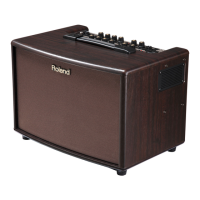
Do you have a question about the Roland Acoustic Chorus AC-60 and is the answer not in the manual?
| Effects | Chorus, Reverb, Delay |
|---|---|
| Weight | 9.8 kg (21 lbs 10 oz) |
| Power Output | 60W (30W x 2) |
| Speakers | 2 x 6.5 inches |
| Input Channels | 2 |
| Controls | Volume, Bass, Middle, Treble, Anti-Feedback |
| Connectors | Footswitch Jack |
| Phantom Power | Yes |
| EQ | 3-band EQ |
| Dimensions | 364 mm x 270 mm x 268 mm (14-3/8 inches x 10-11/16 inches x 10-9/16 inches) |
Explains the meaning of WARNING and CAUTION notices used throughout the manual.
Describes the meaning and purpose of safety symbols.
Advice on power circuits, placement to avoid interference, and heat.
Covers cleaning, handling controls, cable connections, and general care.
Details about the compact stereo amp, speakers, and cabinet design.
Explains the guitar and mic/line channels, EQ, and phantom power.
Describes the built-in chorus, reverb, delay, and anti-feedback features.
Covers AUX IN, multiple outputs, mute function, and placement features.
Guitar input, pickup selection, shape, and volume controls.
Mic/line input, phantom power, volume, and EQ controls.
Controls for chorus, reverb, delay, and anti-feedback functions.
How to use the select button and volume/EQ knobs for each channel.
Operation of the chorus button and chorus effect adjustment knob.
Adjusting the amount of reverb and delay effects.
Setting the anti-feedback frequency and initiating auto-detection.
Using the mute button and master volume knob.
Connecting headphones and operating the power switch.
Connecting to external mixers, recorders, or subwoofers.
Connecting external audio sources like CD players or backing machines.
Using the jack for direct output or tuner connection.
How to connect and use optional foot switches for various functions.
Blending piezo and magnetic pickups from a single guitar.
Combining a guitar pickup with a microphone for a fuller sound.
Seamlessly switching between two guitars connected to separate channels.
Details rated power output, input/output levels, and speaker specifications.
Lists all unit controls, connectors, and their types.
Covers power supply, dimensions, weight, and included/optional accessories.
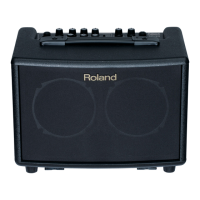
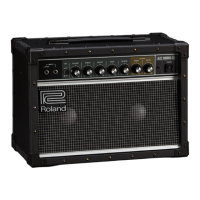
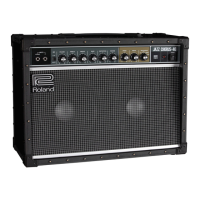

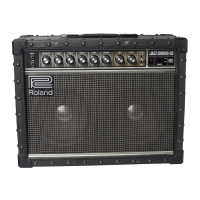
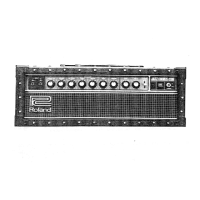
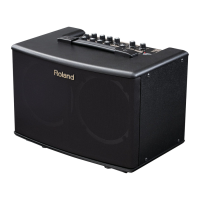
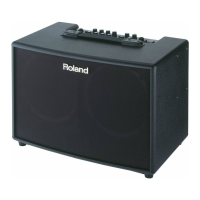

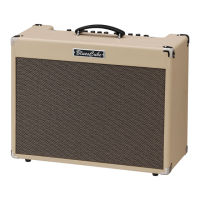
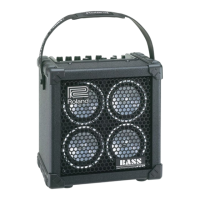
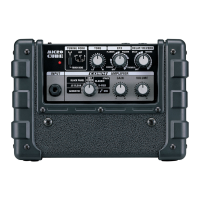
